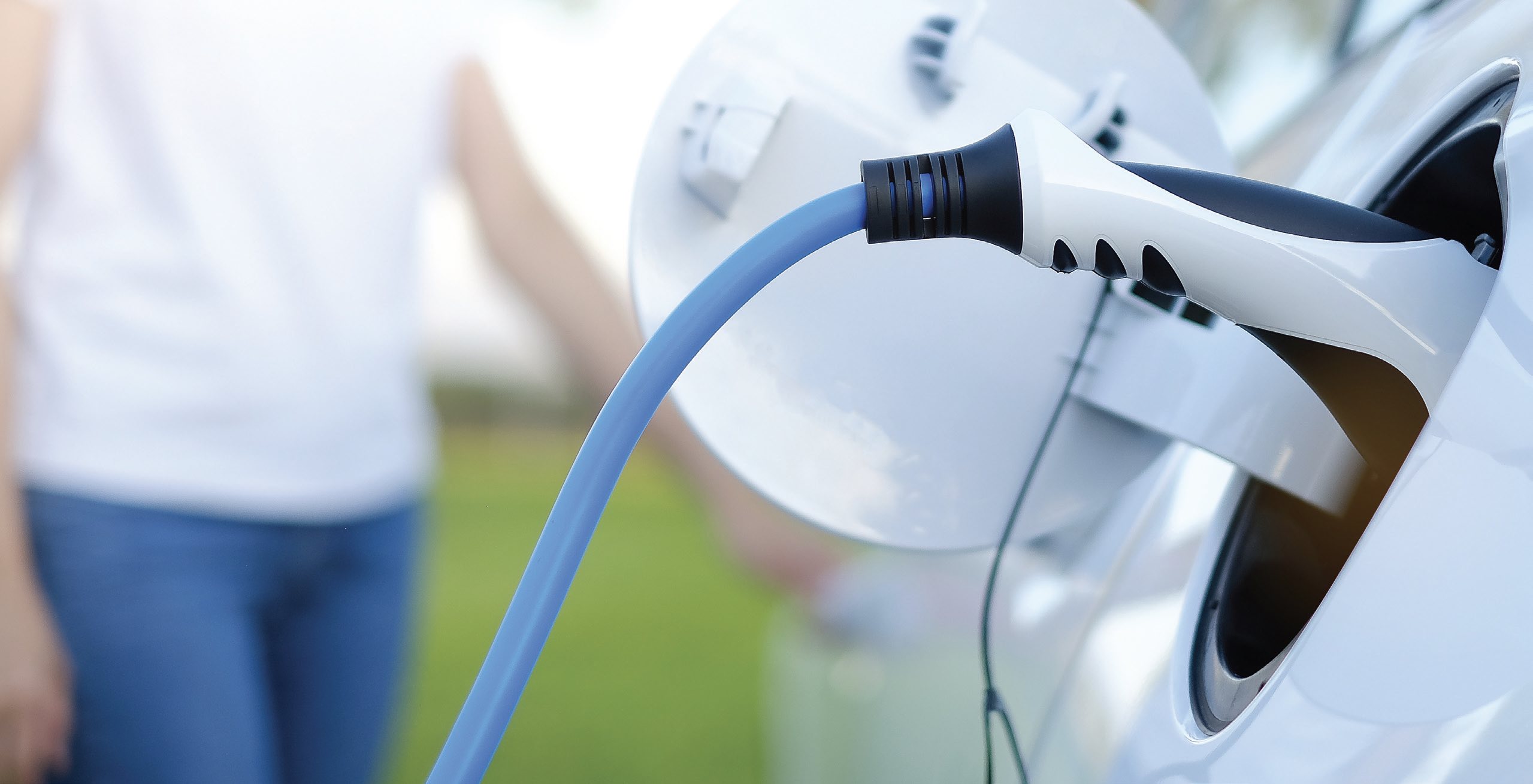Recycling of electric vehicle batteries
By Don Smolenski, Contributing Editor | TLT Machinery April 2023
Processing spent batteries to obtain raw materials will be an essential part of the future supply chain.

As the percentage of electric vehicles (EVs) in the marketplace rapidly increases, there has been considerable attention paid to sourcing of virgin raw battery materials. Much less attention has been paid to the ultimate fate of EV batteries at the end of life, however. It’s clear that repurposing or recycling EV batteries will become increasingly important as EV batteries reach end of life, which is estimated by various sources as 100,000 to 200,000 miles or 10 to 15 years. An intermediate step before recycling is that of repurposing batteries.
1 Approximately 75% of the battery life remains after its use in a vehicle. Some “spent batteries” have been used to build arrays for storing energy produced by solar panels or wind turbines during off peak usage hours. Others are used to provide power in remote locations, where reliable grid power is just not available.
Recycling EV batteries is different from repurposing and can be defined as processing spent batteries to obtain key raw materials, especially lithium, cobalt and nickel, required to produce new batteries. Recycling batteries will very soon be more than just an ecofriendly initiative; it will be an essential part of the battery material supply chain.
Lithium is certainly an essential battery material and is produced by evaporation processes, mostly in arid regions in Argentina, Bolivia and Chile.
2 A problem, however, is that the recovery process damages protected areas and wetlands, and further exacerbates water shortages for local and indigenous people. It takes 250 tons of ore and 750 tons of brine to produce a ton of battery-grade lithium, but only about 28 tons of used lithium-ion batteries.
Nickel also is problematic. For every 100 kW-hour battery, over 60 kg of nickel is required.
2 Worldwide production of nickel can currently only produce about half of the estimated requirement. In addition, Russia is the third largest global nickel producer, which adds to the supply uncertainty. Also, nickel is sometimes mined in environmentally unacceptable ways. For instance, a huge Chinese-owned nickel mine in New Guinea is estimated to dump 680,000 tons of waste annually into a local bay. It’s clear that recycling nickel from spent batteries will be essential.
Cobalt also is an important material. The Democratic Republic of the Congo produces 70% of the cobalt in the world, and there are serious issues there. Up to 40% of the cobalt workforce is children who are subjected to terribly unsafe working conditions and other human rights abuses. In addition, China has major stakes in cobalt mining and refining, as well as lithium, further raising supply chain concerns.
It is abundantly clear that there are potential supply chain uncertainty issues for essential EV battery materials, including unacceptable environmental issues, egregious child labor, unsafe working conditions and human rights violations. Recycling of EV batteries is much more than a good social and environmental practice; it’s an essential component of a sufficient raw material supply chain. The business case is obvious.
Look for more details on the EV battery recycling processes in a future column.
REFERENCES
1.
RePurpose Energy Inc.,
www.repurpose.energy.
2.
SAE International (October 2022), “Automotive engineering,” available
here.
.